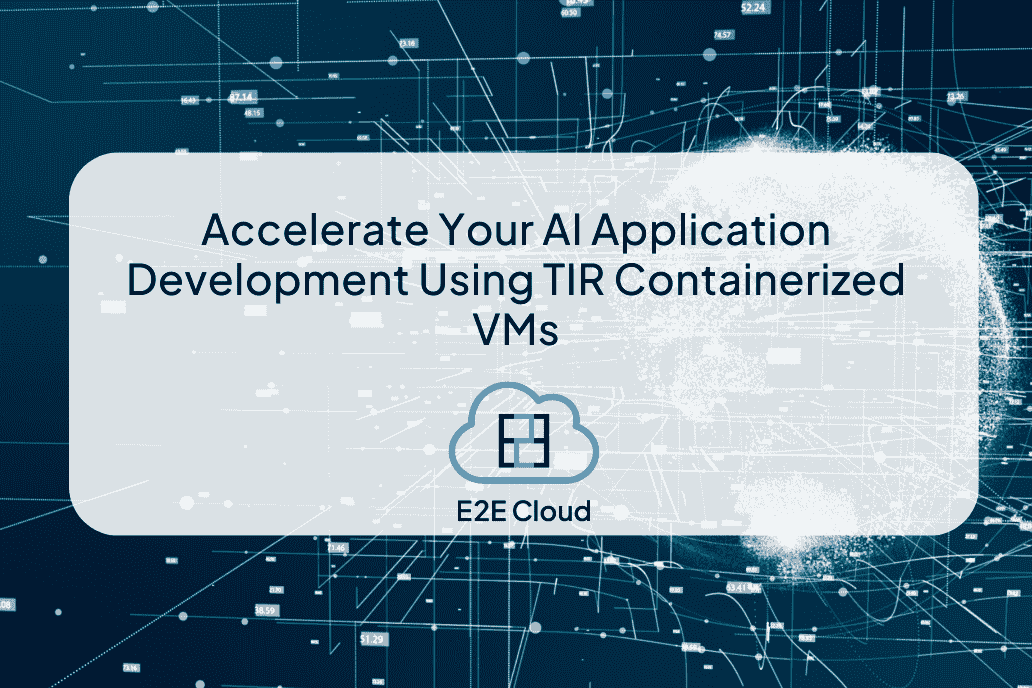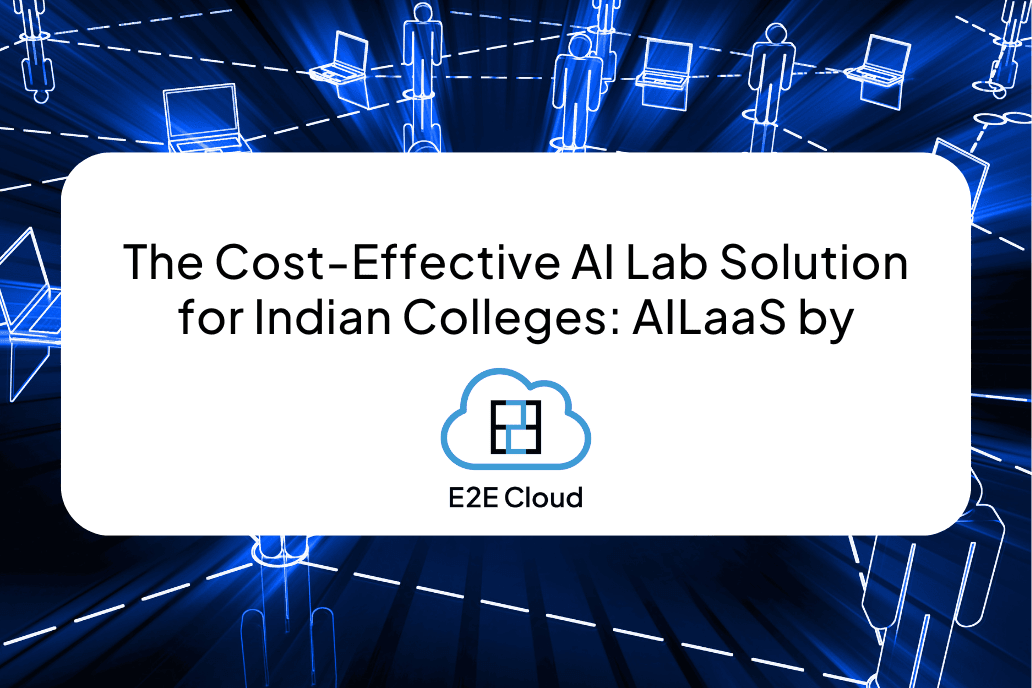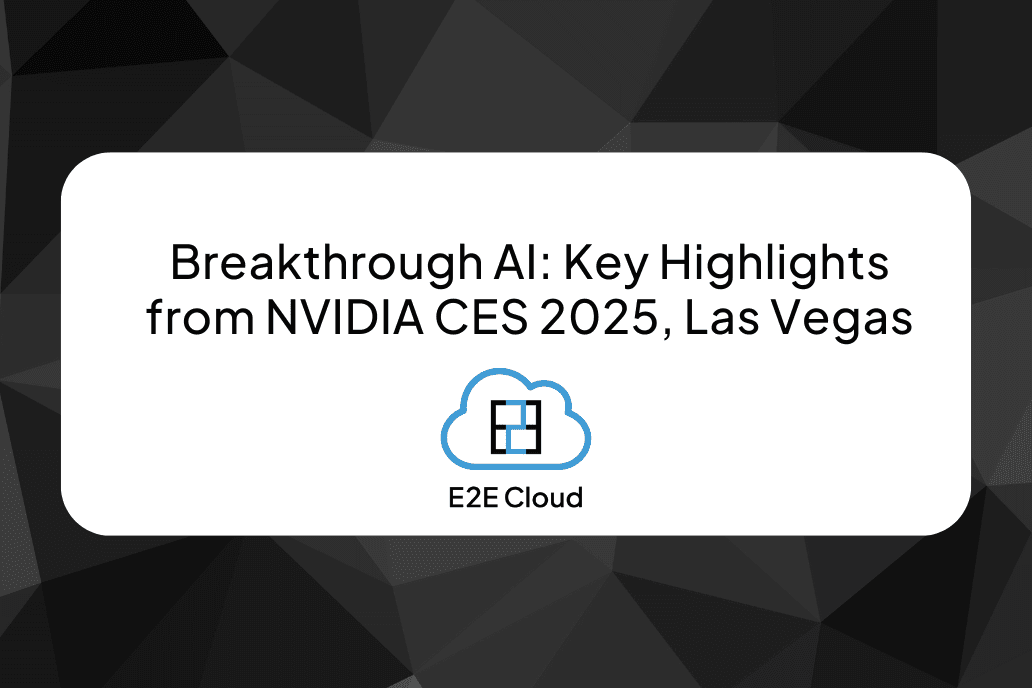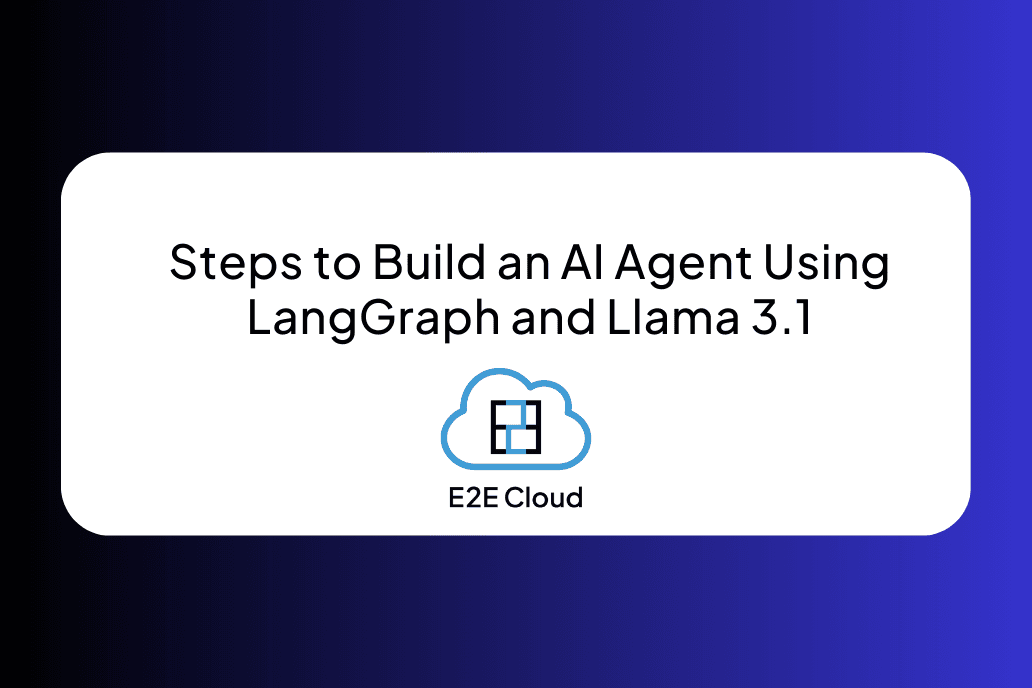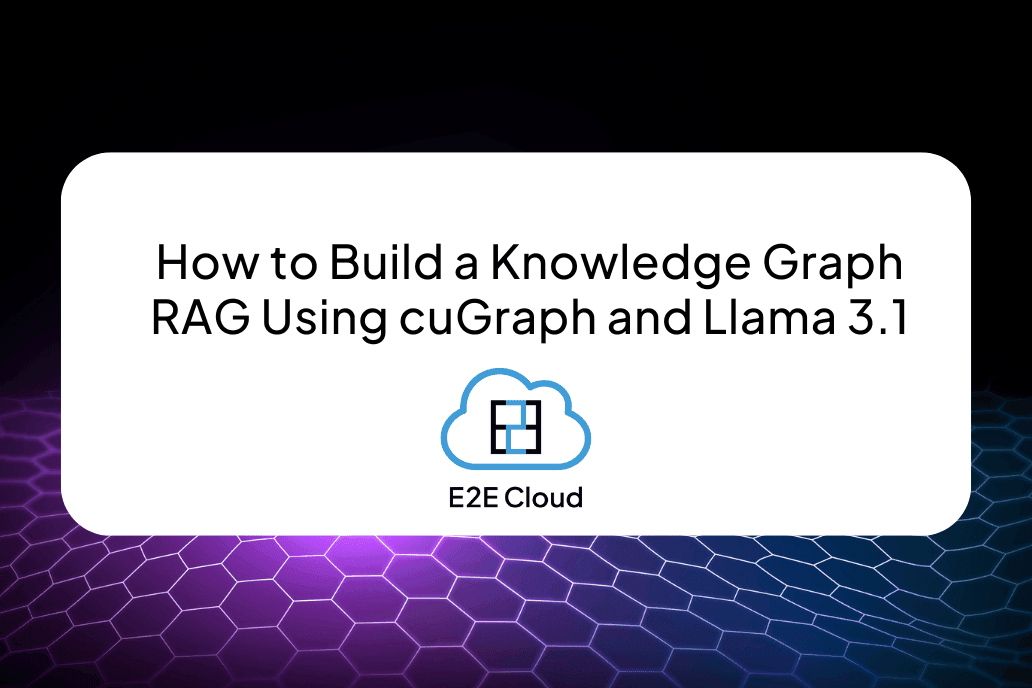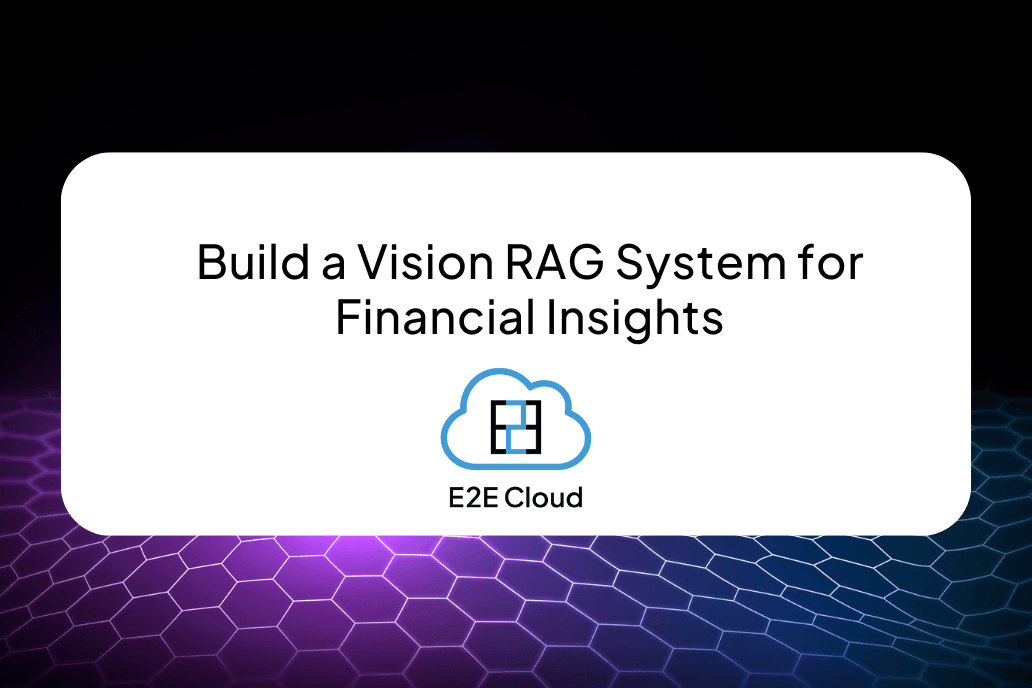Docker is an open platform, often used for development, shipping, and running applications. It helps you to separate your application software from your workflow infrastructure, so that software delivery time can be reduced. This system helps in reducing the delay between code compilation, and deployment of the same in production.
The Docker platform provides a "container" - a loosely isolated environment to run application packages. These containers are lightweight, and have their security architectures, which need less load to operate.
Docker can be run on virtual machines too. Docker Containers contribute tooling, and also a platform to supervise the lifecycle of the containers:
- Development of the primary application and its additional components with the help of Docker containers.
- The container is the unit for testing and distributing the application.
- Application is deployed in a production environment when it is ready, as a container or an orchestrated service. This system works the same, irrespective of your production environment, whether it is a local data center, a hybrid system, or even a cloud service provider.
Reports show that around 50% growth has been recorded in the use of Docker Containers from the year 2017.
The life-span of the Docker Container also varies at different times.

Image Credit: Sysdig

Image credit: Docker docs
NVIDIA Container Toolkit Architecture overview
The NVIDIA Container Toolkit acquiesces users to build and run GPU accelerated containers. It is built to support any container runtime in the ecosystem. Especially for Docker, the NVIDIA Container Toolkit is made up of the following components:


Image credit: Nvidia docs
Steps for Installation and setup
The NVIDIA Container Toolkit not only supports different container engines, but is also available for a diverse list of Linux distribution platforms. The complete list of the supported distros is given below:
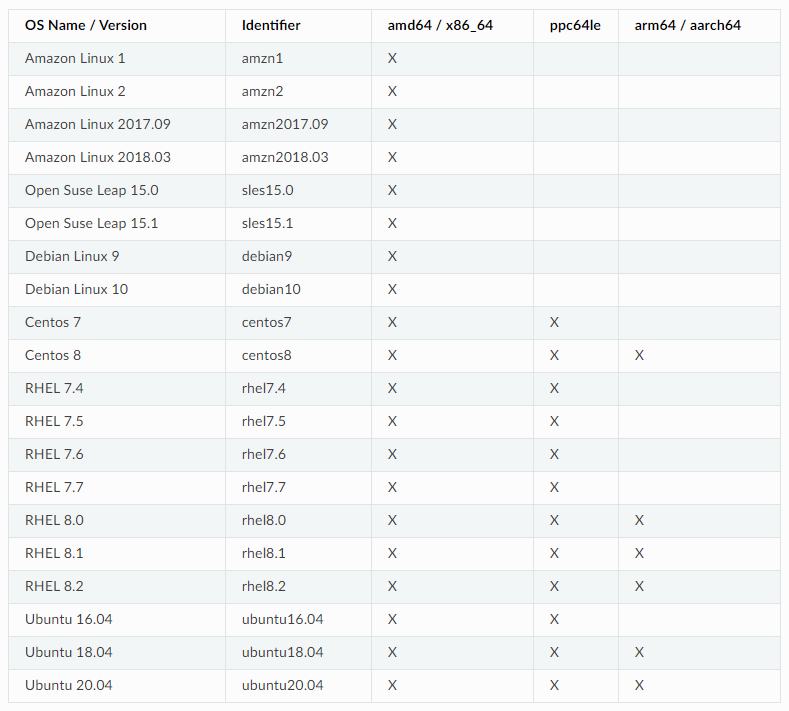
Supported container runtimes are listed below:

Prerequisites:
- NVIDIA Graphics drivers: Your system must have the latest NVIDIA Graphics drivers for the specific Linux distribution. The necessary drivers can be installed by using the package installer of your respective distribution, or download the latest driver for Linux from here.
- Platform Requirements:
- GNU/Linux x86_64 with kernel version > 3.10
- Docker >= 19.03. The minimum supported version is 1.12
- NVIDIA GPU with Architecture > Fermi (or compute capability score > 2.1)
- NVIDIA drivers ~= 361.93 (recommended latest versions)
NOTE: The CUDA version must be compatible with your Graphics driver. Most of the drivers are backward compatible.
Installing Docker (on Ubuntu and Debian)
- You can setup Docker-CE on Ubuntu using the official convenience script of Docker:

The Method of Setting up NVIDIA Container Toolkit
- Setup the .stable repository and the GPG key:

- Installing the Nvidia-docker2 package:

- To complete the installation, you have to restart the Docker daemon:

- After this, running a base CUDA container can confirm the testing of the working setup:

- You should get the following console output screen:

Recognizing the GPU with Docker
Docker Image creation process is used to make Docker aware of the GPU. This contains a series of commands which is used to create the environment in which the docker container will be run.
NVIDIA Container Toolkit stands as the best possible solution for this real-world problem. This automatically recognizes the GPU drivers on your base machine, and passes the same drivers to your Docker container. Nvidia-smi helps the Docker container to be able to reference the GPU. To use the NVIDIA Container Toolkit, you have to pull the NVIDIA Container Toolkit image at the top of the Docker file:

E2E Networks Services
Whenever it comes to providing low-cost cloud services, it is very hard to find a competitor for E2E Networks. They are reaching new heights day by day. It is always advisable to go for E2E Networks Services because of the following determining factors:
- Easy Affordability
- Scalability improvements
- Trustworthy services
- Advanced security tools
E2E networks not only deliver very high-performance cloud infrastructure to their customers, but also have become a World-Class Cloud in the country. Their GPU Cloud is perfectly suitable for a wide variety of applications. It consists of:
- Computer Vision
- Artificial Intelligence
- Scientific Research
- Computational Finance
- Big Data
- Docker Architecture
E2E networks also provide very low-cost cloud services. It would suit you to use NVIDIA GPU Services with the help of Docker Architecture at a very affordable price.
Wrapping Up
In modern-day technologies, it is highly expensive to use the algorithms of data science and AI applications. Therefore, we take the help of low-cost cloud computing and GPU services. In this article, you have gathered a clear understanding of how to use NVidia GPUs within Docker Containers. This article clearly mentions the steps to use NVIDIA GPU within docker containers.
To take a free trial signup here:- https://bit.ly/E2Emyaccount

